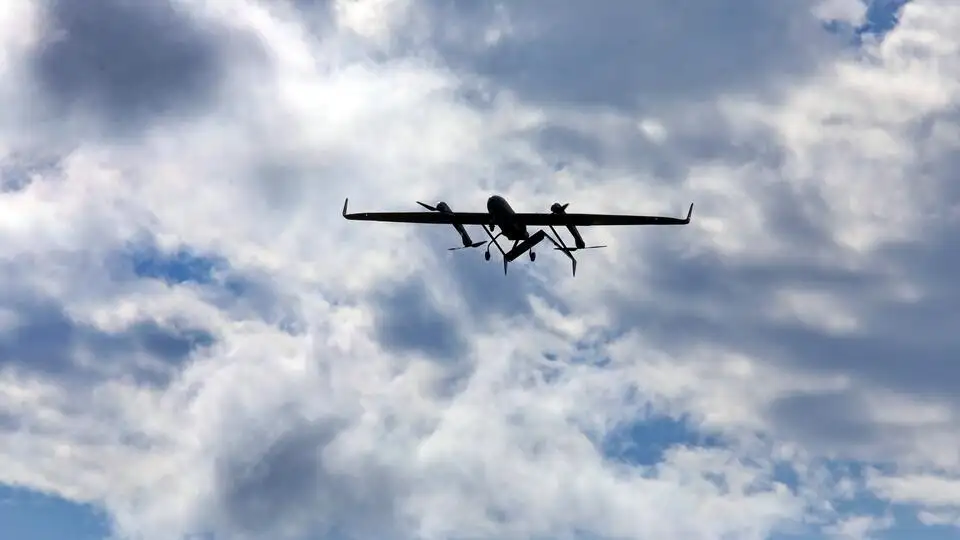The DIU showed the "stuffing" of the Russian "Molniya" and "Phoenix" drones — photo
news.online.ua
Tue, 10 Dec 2024 17:12:00 +0200

What is known about the Russian UAVs Molniya and PhoenixAs reported by GUR, the Molniya drone has a range of up to 40 km and can carry a warhead weighing up to 5 kg.
It is launched from a special catapult, and control is provided by the operator, which makes it similar to FPV drones.In addition to attacks on military targets, Lightning is regularly used to attack civilian infrastructure.
In November, such drones struck a residential building and a shopping center in Kharkiv, as a result of which civilians were injured.
This indicates their use for terror against the population.
According to GUR, the design of the drone is simple, and the main components are made in China.
Among themSpeedyBee flight controllers,FATJAY electric motors,Caddx cameras.Elements from the Chinese companies Huayi Microelectronics and Trex Technologies were also discovered.
Swiss STMicroelectronics microcontrollers, American Vishay converters and Japanese Rubycon capacitors are used in key systems.Instead, the Phoenix is a reconnaissance drone that is positioned as an improved version of the Orlan10.
Its electronic stuffing also includes imported components, includingdetails from the USA , Switzerland , China , the Netherlands and Taiwan ,seven key systems contain components from the Swiss company STMicroelectronics .
Russia continues to use imported hightech components, despite international sanctions that should limit access to such goods.
According to GUR, manufacturers whose parts are found in drones may not be involved in their supply.
The components could get to the Russian Federation through third countries or forged documentation.
The Russian Federation massively launches plywood drones in UkraineAs noted in Ukrainian intelligence, the parody is one of the main decoy drones that the aggressor uses en masse in air attacks.On November 10, 2024, two such drones fell on the territory of Moldova.It is noted that these UAVs do not have a combat unit.
They are much smaller and cheaper than the Shahed136/Geranium2, but due to the Lneberg lens they mimic them in radar.
In other words, the study of Russian parodies proved that even a primitive plywood drone is not capable of being produced by Russia on its own, the GUR noted.
The parody flight controller module contains components manufactured by companies from China Ebyte, Jiashan Jinchang Electron, Yangzhou Yangjie Electronic Technology, USA Texas Instruments, Cypress Semiconductor, InvenSense, Switzerland STMicroelectronics and Taiwan SONiX Technology.















